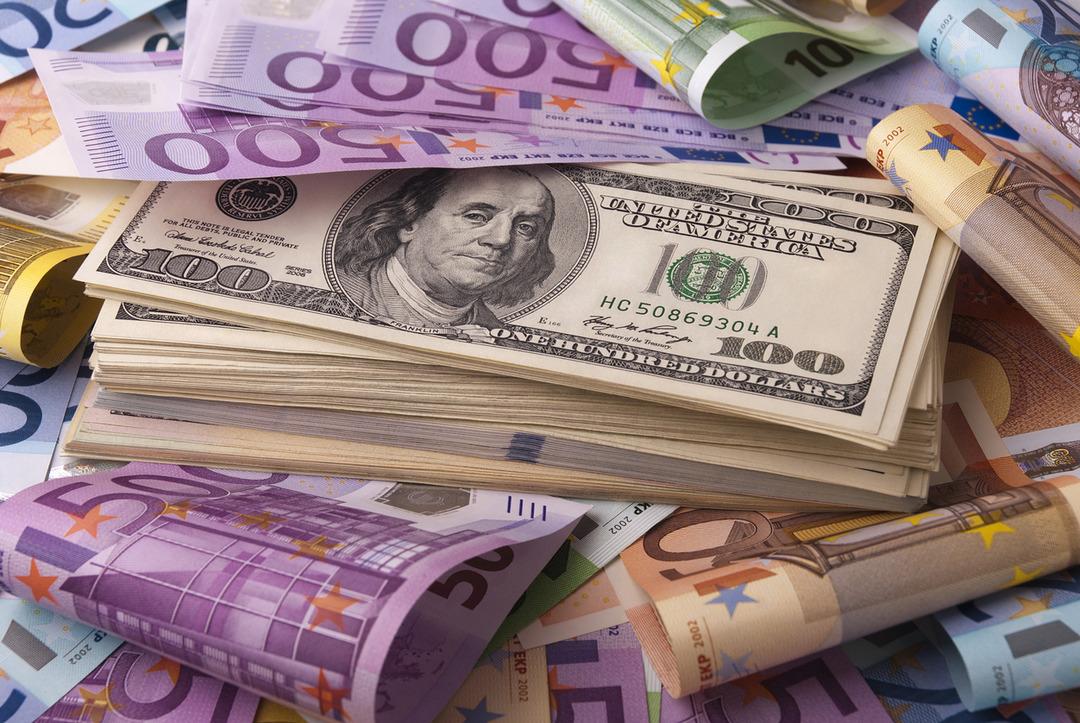During this period, the demand for the dollar increased significantly and the dollar rapidly gained value against other major currencies.
Following this rise, major currencies such as the euro in Europe and the Japanese yen in Asia rapidly lost value, while the strong position of the dollar deepened vulnerabilities by increasing external debt costs, especially in developing economies. While foreign exchange pressure increased in countries such as South Africa and Brazil, the increase in external debt burden created the need for tight monetary policies in economies. High interest rates weakened growth expectations and caused inflationary pressures to increase.
The strong course of the dollar also led to significant fluctuations in global trade flows and commodity prices. The US administration’s protectionist trade policies to increase domestic demand have put pressure on many trading partners with tax protections for American goods. While the trade wars between China and the USA are on the agenda again, the USA’s efforts to reduce import costs have had significant effects, especially on the Chinese economy and Asian trade flows. The weakening of local currencies of major exporting countries such as China against the dollar has strengthened the position of the USA in global trade.
The appreciation of the dollar also increased import costs, triggering inflation pressures on a global scale. The fact that energy, oil and various commodities are traded in dollars has increased import costs, causing the central banks of many countries to turn to tight monetary policies. While this tightening reduced global growth rates, the weakening of currencies other than the US dollar put pressure on foreign exchange reserves and borrowing costs in many economies.
Among these developments, the Australian dollar also lost value against the strong course of the US dollar.

The fact that the prices of iron ore and natural resources, Australia’s main export items, remain under pressure against the dollar has brought to the fore the risk of a potential decrease in the country’s export revenues. Although the weak Australian dollar made exports more competitive, it increased import costs, leading to stronger inflationary pressures in Australia. This strong position of the dollar stands out as a factor that increases economic vulnerabilities for economies based on mining and natural resource exports, such as Australia. Important financial company of Australian origin compareforexbrokers.com “When Trump first became president, he caused great uncertainty about the direction of the U.S. government, and that uncertainty appears to persist again,” according to founder Justin Grossbard. he said.
As a result, the rapid appreciation of the dollar against major currencies after the election, supported by the strong economic expectations of the USA, brought about a permanent rebalancing process in global markets. This process, which deepened the vulnerabilities especially in developing countries, revealed that many countries other than the USA needed to review their economic and financial strategies.
